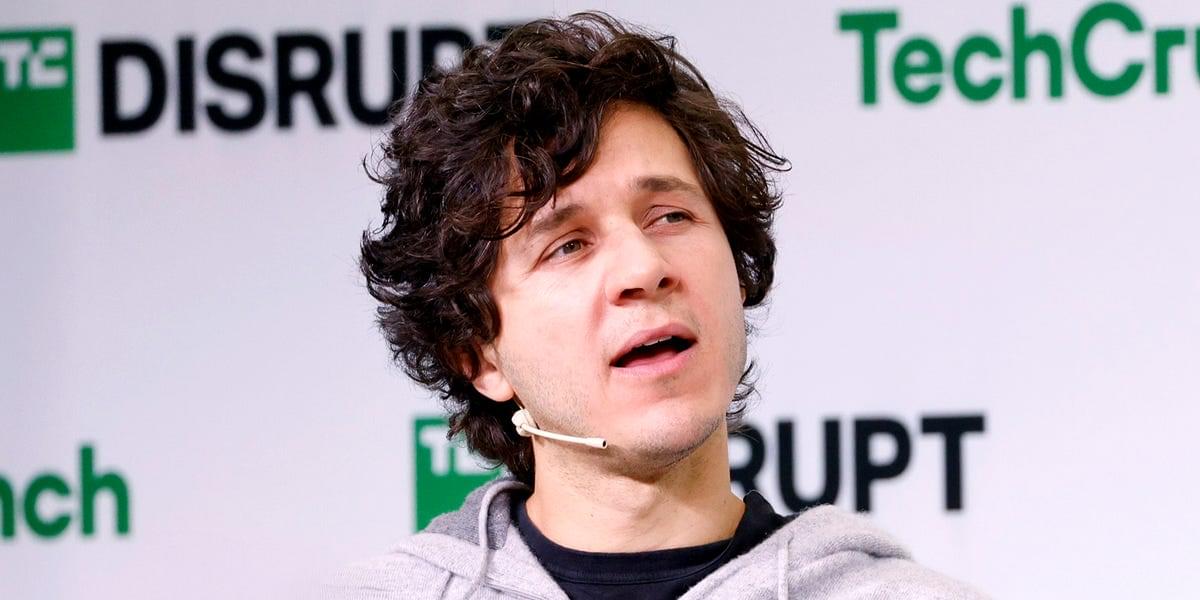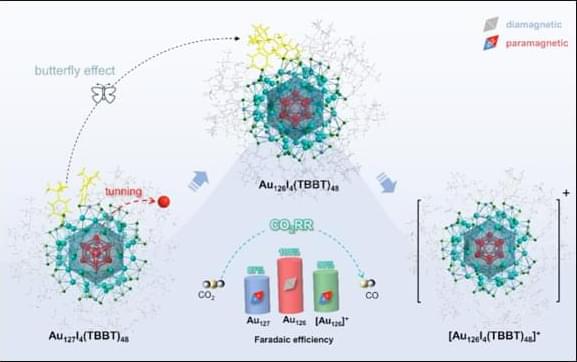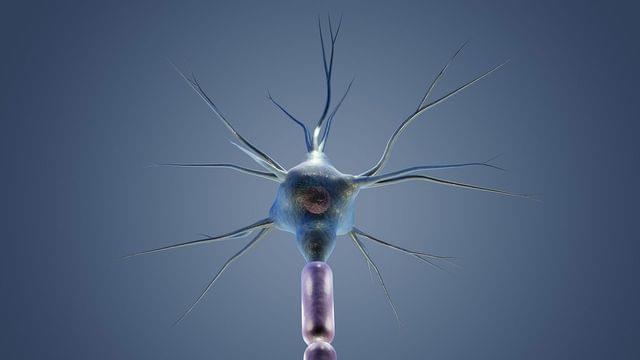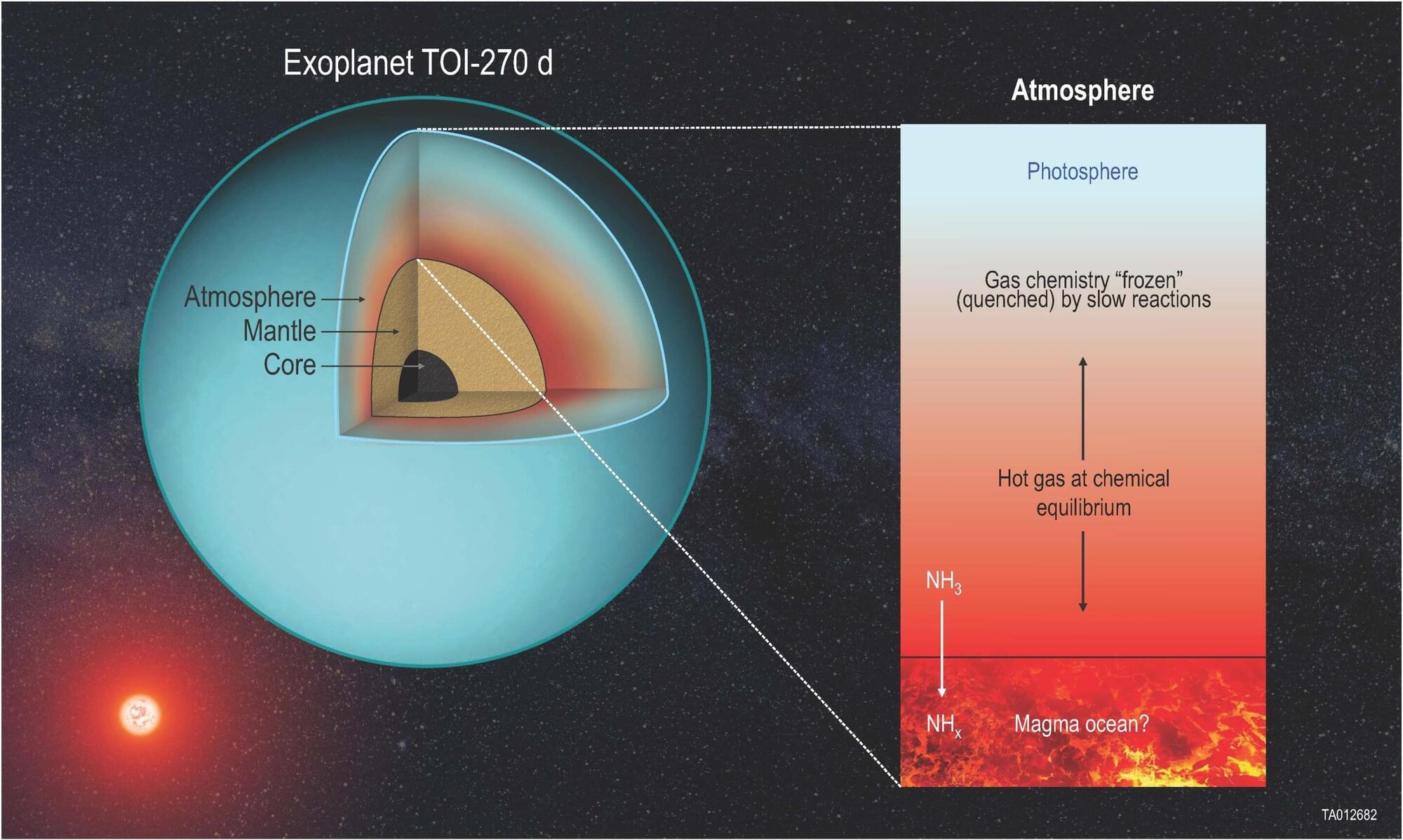Chronic pain—or pain that lasts at least three months—is closely intertwined with depression. Individuals living with pain’s persistent symptoms may be up to four times more likely to experience depression, research shows.
Almost 30% of people worldwide suffer from a chronic pain condition such as low back pain and migraines, and one in three of these patients also report co-existing pain conditions.
Now, a new study published in Science Advances shows that a person’s risk of depression increases alongside the number of places in the body in which they experience pain. Furthermore, inflammatory markers such as C-reactive protein (a protein produced by the liver in response to inflammation) help explain the association between pain and depression.








